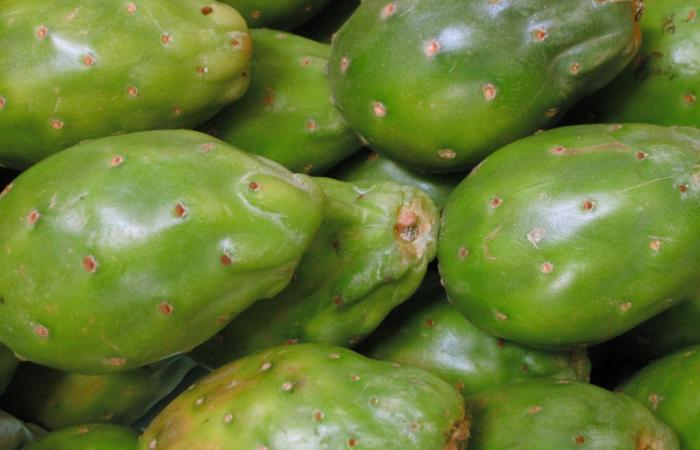In the confines of arid deserts and semi-arid lands, among thorns and petals, an unconventional botanical treasure hides: prickly pears. These fruits from the cactus Opuntia-ficus-indica They have long been a source of amazement and utility in the most inhospitable places on our planet.
From its origins in ancient Mesoamerican civilizations to its current role as a symbol of resistance and adaptabilityprickly prickly pears have much more to offer than we might imagine at first glance.
What is the origin of these “prickly” fruits?
We travel to the arid deserts of Mexicowhere Mesoamerican civilizations such as the Aztecs and Mayans cultivated the cactus that gives this delicious fruit as a valuable gift.
Over time, the fig developed in other environments, reaching South American countries, such as Argentina, Brazil and Chile, and across the ocean, reaching countries such as Italy, Spain and South Africa.
In Mexico, the cactus flowering period Opuntia ficus occurs between May and July and more than one dozen different species of fruit have been described. The species known as “prickly pear” – we will talk about the names – is the most produced for consumption because it is a variety that does not have thorns.
List of main fig producers
As you can imagine, the first place on the list is Mexico. According to the magazine “Trends in Food Science and Technology”, the North American country holds 45% of world production, followed by Italy with 12.2% and by South Africa with 3.7%.
An interesting fact is that, although Mexico is the first in fig production in the world, the first place in terms of exports is to Italy.
Although fig cultivation is present in several countries, including Brazil, Egypt and Morocco, it is only produced commercially in Mexico, Italy, Chile and South Africa.
In which regions of Chile are figs grown?
According to data from Foundation for Agricultural Innovation (FIA), fig growing areas are concentrated in the Metropolitan, Valparaíso and Coquimbo regions, although there are plantations from Arica to Biobío.
This fruit can reach full production in the fifth year of cultivationwith orchards that can obtain 20 tons of figs, that is, 20 thousand kilos!
In Chile there is a production during the winter that occurs between June and Septemberis summer harvest that takes place in April.
One fruit, many names
Fig cultivation receives different names depending on the country where it is found, reflecting the linguistic and cultural richness associated with this fruit crop.
At the Mexicothe plant is known as “prickly pear” and the fruit as “fig”, if it is sweet, or “xoconostle”, if it is bitter.

In Spain, figs are named “prickly pear” or “prickly pear“, referring to its origin on the American continent and its ability to thrive in difficult conditions. Canary Islandsare known as “tuneras” and the fruits as “tunos”, while in Portugal they are called “tabaibeira” or “fig tree of India”.
In the United States and other English-speaking countries, figs are known as “prickly pear“, although this term is being replaced by “pear cactus” to eliminate the negative connotation of “prickly” (prickly). In California, where the fig was introduced by Franciscan missionaries from Mexico, it is called “mission cactus“, in honor of its historical origin.
Returning to Latin American countries, we find names such as “forage palm” in Brazil, “cardón do México”, “fig from India”, “fig from Mexico” or “fig lead” in Colombia and “tar”, “fig lead”. and “prickly pear from Spain” in Puerto Rico.
Figs are much more than just a fruit; with their multiple names and flavors, they are a sensorial experience that connects us to the cultural and gastronomic richness of the world.
News references:
Agricultural and natural resources. Prickly Pear Cactus Production. University of California, Davis, 2012.
Arancibia, D. et al. The tuna, cultivation management and uses. Foundation for Agricultural Innovation.
Andreu-Coll, L. et al. Economic estimation of cactus pear production and its feasibility in Spain. Trends in Food Science and Technology, 2020.






